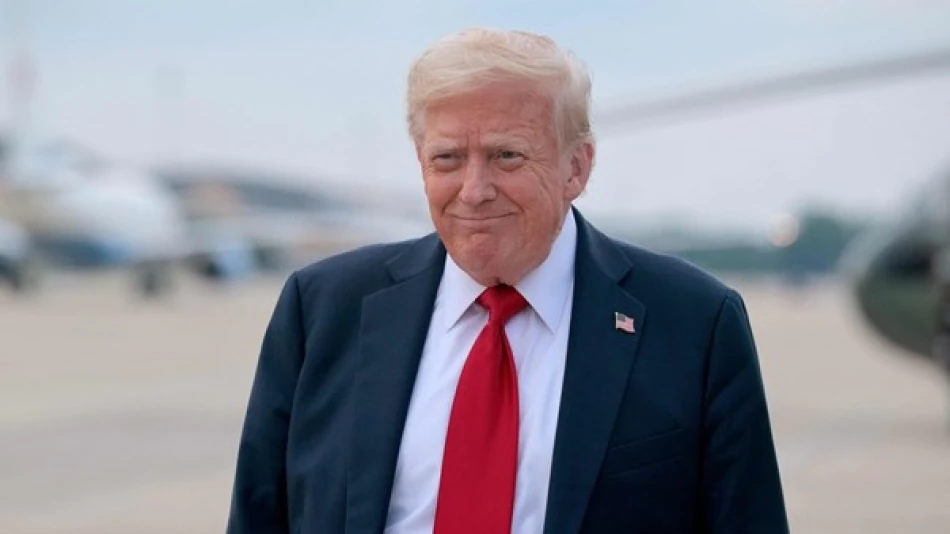
Trump Halts California's High-Speed Rail Project, Sparking Controversy and Debate
Trump Kills California's $135 Billion High-Speed Rail Dream—Again
President Donald Trump has officially terminated federal funding for California's troubled high-speed rail project connecting Los Angeles and San Francisco, marking the second time he has pulled the plug on what was once America's most ambitious transportation infrastructure venture. The project, which began in 2008 with a $33 billion price tag, has ballooned to $135 billion with no clear completion date, making it a prime target for Trump's infrastructure spending cuts.
A Project Plagued by Delays and Cost Overruns
The California high-speed rail project represents everything critics argue is wrong with American mega-infrastructure projects. Despite launching over 15 years ago, actual track construction only began in early 2025 after a cascade of delays, legal battles, and financial setbacks.
Trump's decision comes after a damning Federal Railroad Administration report concluded there was no "viable path" to complete even the first segment by the 2033 deadline. Transportation Secretary Sean Duffy announced the funding cut on social media, emphasizing that costs had quadrupled from the original estimate without any clear endpoint in sight.
The Political Ping-Pong Game
This marks the second time Trump has axed federal support for the project. During his first presidency, he canceled the funding, only to see President Biden restore it after taking office. California Governor Gavin Newsom has vowed to explore "all legal options" to challenge what he calls an "illegal action," setting up another potential court battle.
America's Infrastructure Reality Check
The California rail project's struggles highlight America's broader infrastructure challenges compared to Europe and Asia, where high-speed rail networks are commonplace and efficiently managed. While countries like Japan, France, and China have built extensive high-speed rail systems, the United States remains heavily dependent on highways and aviation for intercity travel.
The existing American rail infrastructure is limited, slow, and infrequent—a stark contrast to the seamless high-speed networks that connect major cities across Europe and Asia. This infrastructure gap has real economic consequences, affecting everything from business productivity to environmental goals.
Market and Economic Implications
The funding cancellation will likely trigger immediate economic disruption in California's Central Valley, where construction activities were finally gaining momentum. Contractors, suppliers, and the estimated 5,000 workers involved in the project face uncertainty, while the state confronts the prospect of either dramatically scaling back ambitions or finding alternative funding sources.
For taxpayers, the decision represents both relief from a potentially endless money pit and frustration over the billions already spent with little to show for it. The project has become a cautionary tale about American infrastructure procurement and project management capabilities.
A Glimpse of What Could Have Been
Ironically, while California's high-speed rail dreams crumble, a private high-speed rail line between Los Angeles and Las Vegas is expected to launch by 2028, timed for the U.S. Olympic Games. This project, backed by private investment and more realistic scope, suggests that America's high-speed rail future may depend more on targeted, commercially viable routes rather than state-managed mega-projects.
The contrast between these two projects—one a bureaucratic nightmare, the other a focused private venture—may define how America approaches major infrastructure development in the coming decades. Trump's decision effectively ends the era of federal support for ambitious state-led rail projects, potentially reshaping how future transportation infrastructure gets built and funded across the country.
Most Viewed News

 Layla Al Mansoori
Layla Al Mansoori






